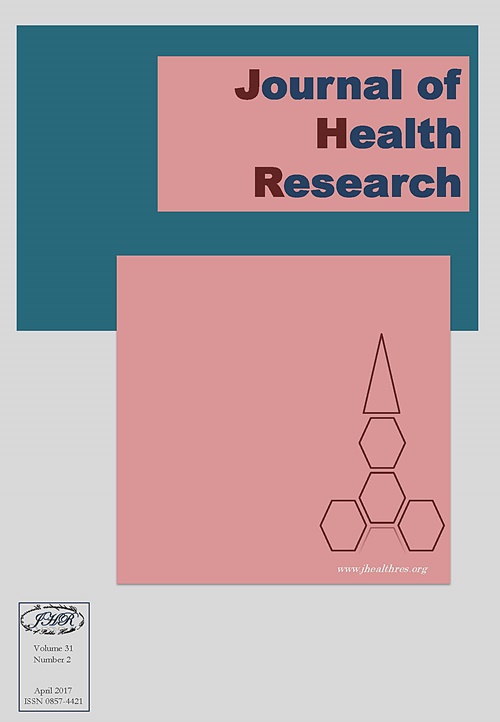Macroscopic-Microscopic Characteristics and AFLP Marker for Identification of Tinospora Crispa and Tinospora Baenzigeri Endemic to Thailand
Keywords:
Genus Tinospora, Macroscopic-microscopic characteristics, AFLPAbstract
Background: Tinospora crispa Miers ex Hook. F & Thomson and Tinospora baenzigeri Forman were used in traditional medicine for treatment of antipyretic and various ailments. According to the similarity in their morphology and vernacular name, the identification was important for their effectiveness.
Methods: Macroscopic-microscopic characteristics and AFLP marker of Tinospora crispa and Tinospora baenzigeri were evaluated.
Results: Macroscopic determination revealed that T. crispa had more prominently tuberculate on stem than T. baenzigeri. The leaf shape of T. crispa was cordate but T. baenzigeri was cordate or reniform and showed a two node appearing at leaf base. However, both of them showed anomocytic stomata type but T. crispa presented only on abaxial epidermis whereas T. baenzigeri presented on both adaxial and abaxial epidermis. Leaf constant numbers of these two species showed individual value. A total of 476 AFLP bands ranging in size from 50 to 800 base pairs were generated from 5 AFLP primer combinations, of which 457 bands were polymorphic (96%). The primer combination of E+ACG/M+CTT produced the highest number (125 bands) of AFLP bands. The similarity index ranged from 0.472 to 0.934. The dendrogram generated from UPGMA indicated that T. crispa and T. baenzigeri were clearly separated from each other.
Conclusion: Macroscopic-microscopic characteristics and AFLP marker could be used for identification of these 2 Tinospora species. The information provided from this study can be used for identification of medicinal plants.







